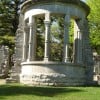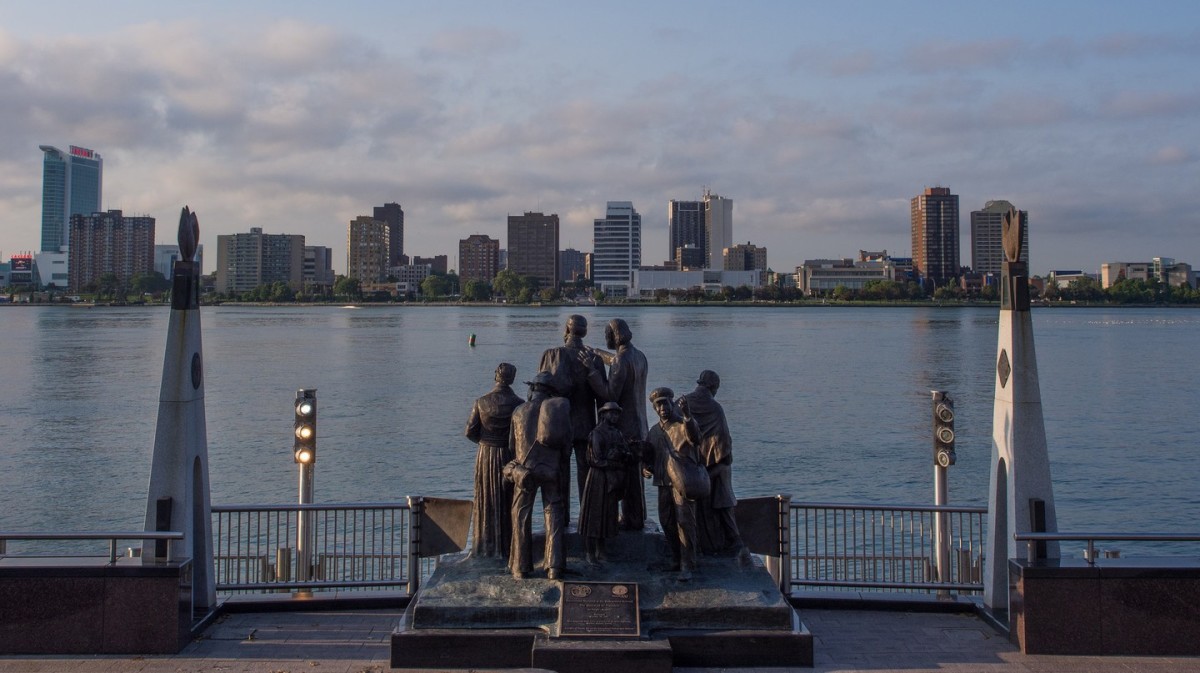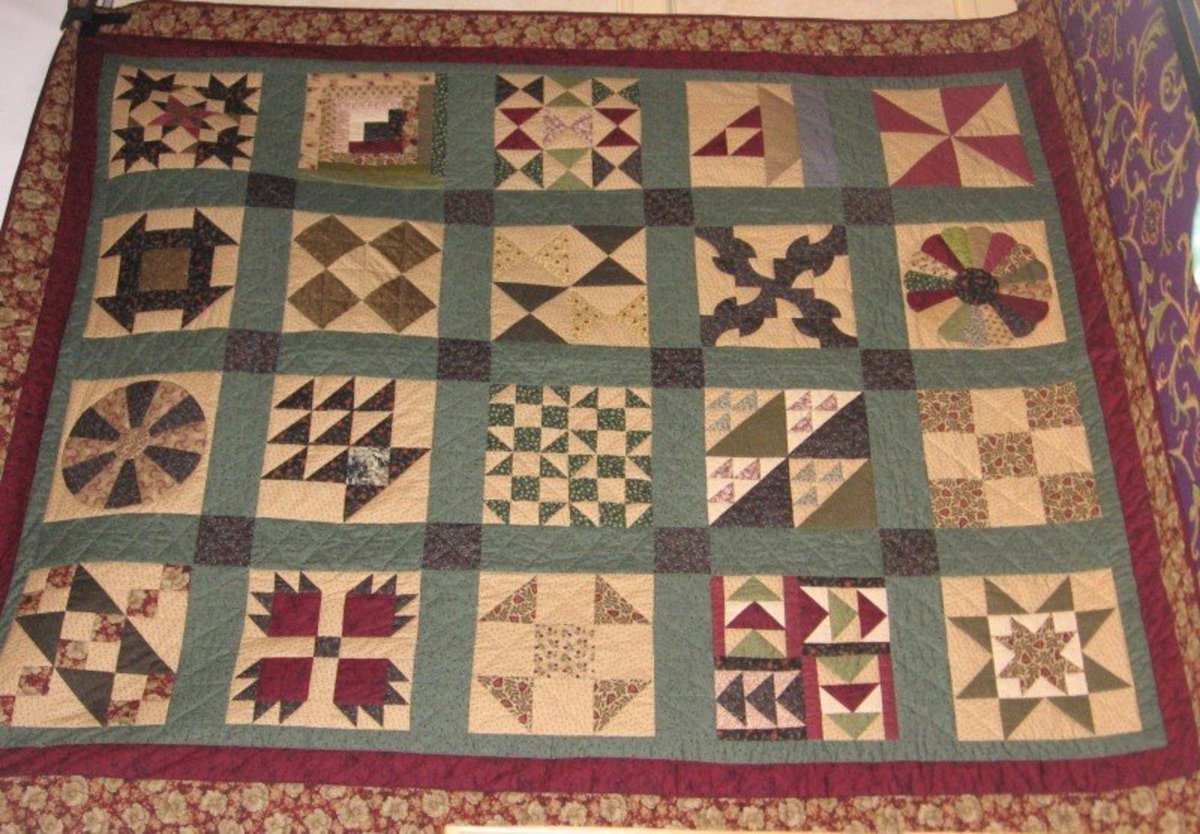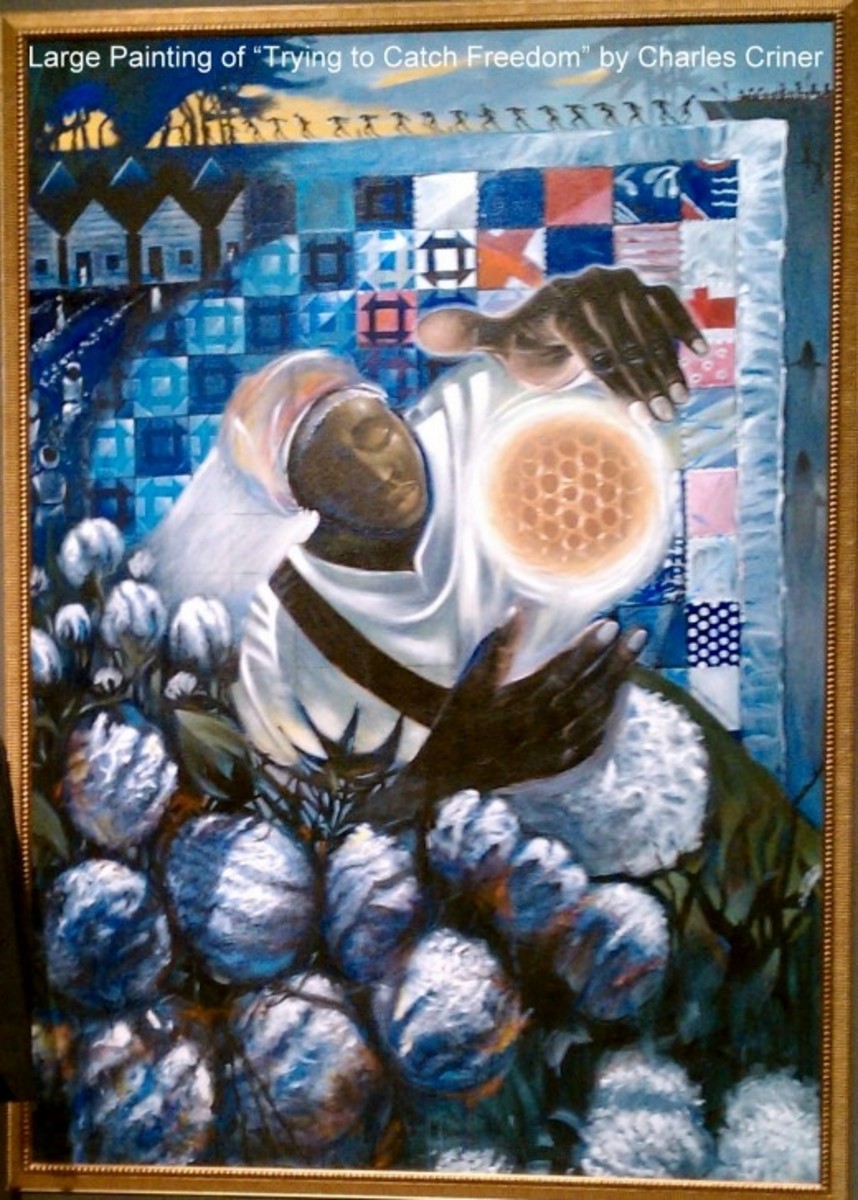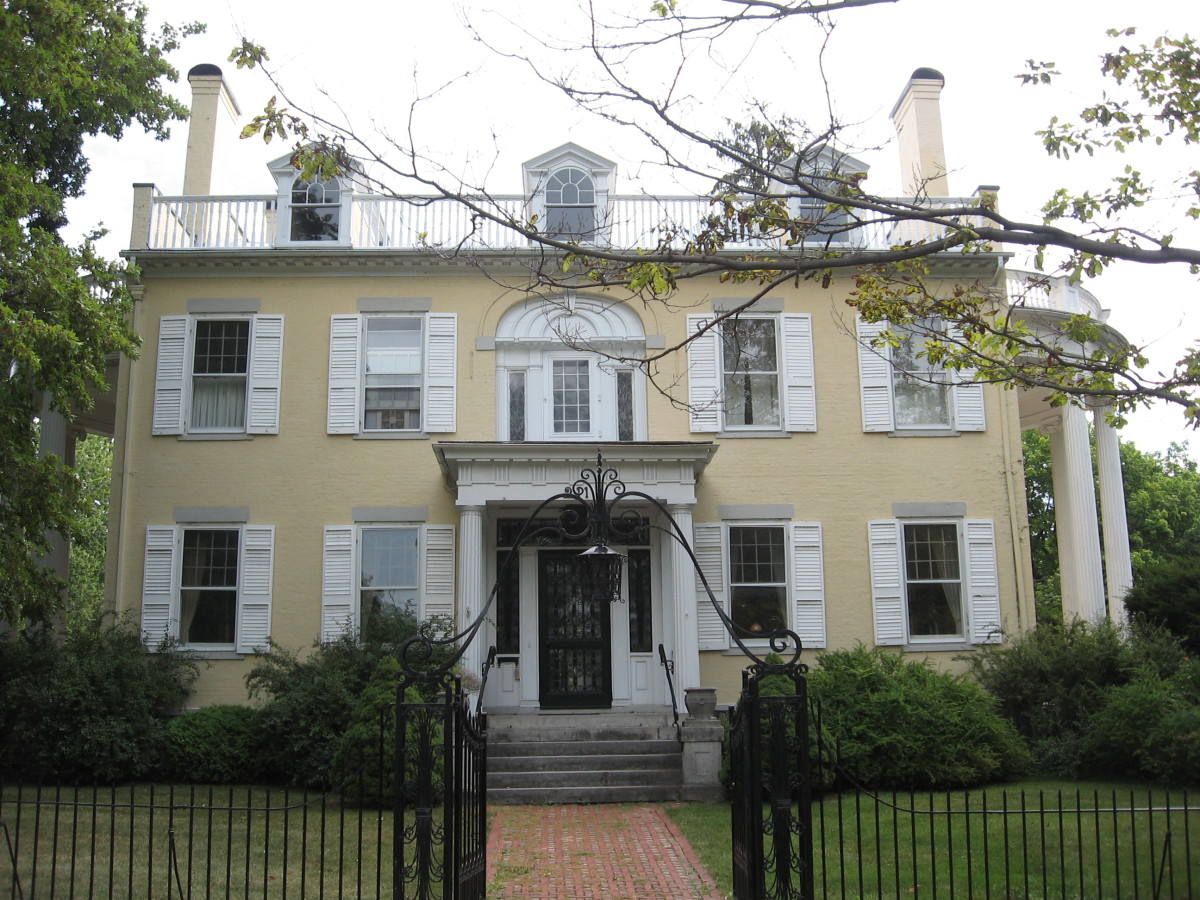- HubPages»
- Travel and Places»
- Visiting North America»
- United States
Visiting Broderick Park, Buffalo, New York: poignant memories of the Underground Railroad
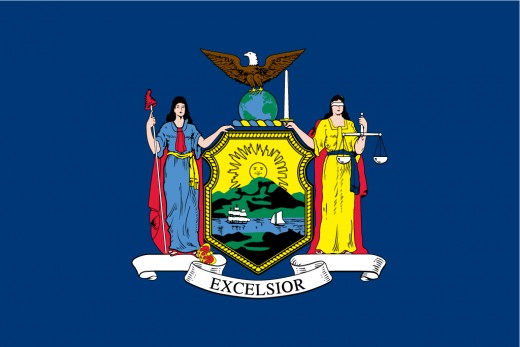
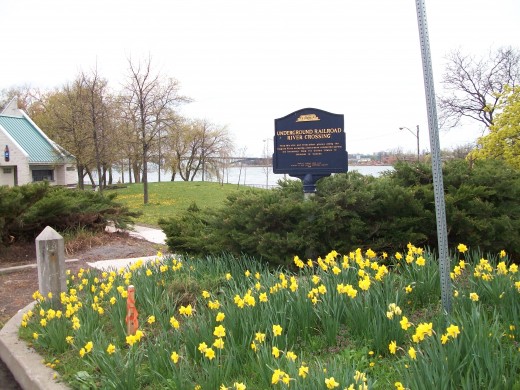
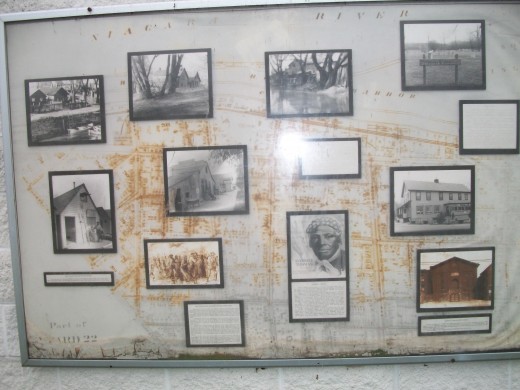
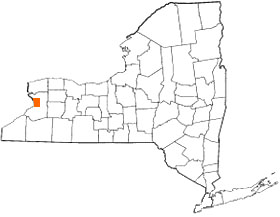
Remembering the flight to Canada in the increasingly polarized 1850s
On Squaw Island, within the City of Buffalo, New York, is the now tranquil and scenic Broderick Park, but replete with poignant memories of the Underground Railroad.
Some history
This movement of African Americans to refuge in Canada was at its height in the 1850s, and, given Squaw Island's situation in the Niagara River, it served as a frequently used transit zone from the borders of the State of New York to Canada and freedom on the opposite bank of the river.
Buffalo's Micro Parks system maintains this park both for recreational opportunities and as an historic area where memories of the importance of Squaw Island for the Underground Railroad are preserved. A wall display shows various old photographs of people involved locally with the Railroad. A diagram shows the local neighbourhood, known as Black Rock, which, because of its proximity to Canada, played a prominent role in the crucial decade between 1850, when the infamous Fugitive Slave Law was signed by President Millard Fillmore, and the ensuing Civil War.
Ironically, President Fillmore (1800-1874) was a local Buffalo man, who professed to believe that the Fugitive Slave Law would pacify and regularize the issue of African American escapees from bondage. Instead, it had the opposite effect, and in the 1850s more and more refugees passed through Black Rock and Squaw Island on their final leg of their journey over the Niagara River, to where the writ of the Fugitive Slave Law could not officially reach them.
Even looking beyond the doubtful, moral background to this Law, from a practical point of view it had the effect of causing any African American in the northern, free states, to become potentially the target of Southern slaveowners, if they could not immediately prove that they were formally free. Prior to 1850, African Americans formerly in bondage south of the Mason-Dixon line were considered free if they reached the safety of areas to the north of the line (speaking in general terms). After the passage of Fillmore's infamous 1850 Law, Southen slaveowners became emboldened and more ruthless in their methods, and many northern community law enforcement offices put themselves at risk by refusing to implement its draconian measures.
The area of what is now Broderick Park on Squaw Island thus became ever more of a hot-point of the Underground Railroad, as Southern slave-owners and northern abolitionists were both radicalized as a result of Fillmore's disastrous measure in an already dire state of affairs.
Remembrance and reflection
The now peaceful and tranquil green spaces of Broderick Park — well manicured with daffodils in springtime, when I visited — gave me cause to reflect upon the sufferings of past generations of African-Americans kept in memory at this historic location.
The Park has been used regularly as the venue for commemorations and reenactments relating to the Underground Railroad. Sponsorship of these events inludes the involvement of the Buffalo Quarters Historical Society.
Also worth seeing
The Buffalo, NY, area has cultural, historic and recreational opportunities too numerous to mention adequately here, but below are a few places of interest:
The Macedonia Baptist Church , Buffalo, NY (formerly Michigan Street Baptist Church; distance: 6.5 kilometres) was significant in the history of the Underground Railroad; fugitives were hidden by day in the basement, and conveyed over the Niagara River to Canada at night. Minister J. Edward Nash notably served continuously from 1892 until 1953.
Downtown Buffalo has many buildings of great architectural merit, including: the 1931 Art Deco City Hall by Dietel, Wade & Jones (distance: 4.5 kilometres), the 1896 Ellicott Square Building by Charles Atwood (distance: 6.2 kilometres) and James A. Johnson's 1912 Electric Tower Beaux-Arts Classical Revival skyscraper (distance: 4.9 kilometres). The historic Delaware Road area contains many structures of note, including the Ansley Wilcox Mansion (distance: 3.5 kilometres), designated the Theodore Roosevelt Inaugural National Historic Site.
Beaver Island State Park , Grand Island, New York (distance: 18.3 kilometres); as well as superb recreational facilities, River Lea house, built by William Cleveland Allen (a cousin of President Grover Cleveland) and museum, home of the Grand Island Historical Society.
Bergholz , Wheatfield, NY, (distance: 31.9 kilometres) is the site of an historic German Lutheran Settlement. 'Das Haus' German Heritage Museum at Bergholz is sponsored by the Historical Society of North German Settlements in Western New York.
Niagara Falls , New York (distance: 28.8 kilometres). The American Falls may be viewed to really good effect from the Niagara Falls State Park.
Old Fort Erie , Fort Erie, Ontario, Canada (distance: 6.4 kilometres); this stone fort has many memories of the War of 1812.
Fort Erie Railroad Museum , Fort Erie, Ontario, Canada (distance: 5.7 kilometres); a former 1948 CNR locomotive is on display, together with other interesting exhibits. A T-33 airplane is also on display in the adjacent Sugarbowl Park.
...
How to get there: Broderick Park is situated at 1170 Niagara St., Buffalo, NY 14213. Access to Broderick Park on Squaw Island is via the road bridge on Robert Rich Way, situated off Niagara Street. Continental Airlines flies from New York Newark to Buffalo Niagara International Airport (distance from Broderick Park: 17.8 kilometres). Buffalo, NY is linked with Albany, NY via the I-290 and I-90. From Canada, accessible via the Peace Bridge, the QEW links Fort Erie, ON with Hamilton and Toronto. Please check with the airline or your travel agent for up to date information. Please refer to appropriate consular sources for any special border crossing arrangements which may apply to citizens of certain nationalities.
MJFenn is an independent travel writer based in Ontario, Canada.
Other of my hubpages may be of interest
- Visiting the Nowak Pier at New York's Squaw Island, Buffalo: historic spot in the middle of the Niag
This is a quite spectacular location in the Niagara River. Picture cards and posters are sold depicting the view from the Nowak Pier of the Peace Bridge; given the rather excellent views which may be obtained... - Visiting Wheatfield, New York: commemorating aviation and military heritage
This article follows a visit to the Veterans' Monument at Wheatfield, New York. This memorial display area is situated at the town's Highway Department on Ward Road. War memorial inscription The... - Visiting Niagara Falls, New York: civic architecture at its finest memories of architect James Knox
The U.S. Post Office Building in Niagara Falls, New York, has embassy-like graced the intersection of Main and Walnut Streets in that city for more than a century. Responsibility for the... - Visiting Niagara Falls, New York: its skyline and the United Office Building; remembering architect
Seen at the right of the picture in the first photo of Niagara Falls, New York, the lines of the United Office Building, designed by James A. Johnson, have been a feature of the city's skyline since 1929. ... - Visiting New York's Bergholz: German heritage since 1843
In the centre of the village, a stone monument bears a plaque inscribed: 'BERGHOLZ GERMAN LUTHERAN SETTLEMENT FOUNDED OCT. 12 1843'. And German Americans, mainly Lutheran, have been there ever since. The... - Visiting New York's tranquil Lake of the Isles: Wellesley Island's interior lake at Dewolf Point Sta
This is the brief story of a surprise. The vicinity of Jefferson County, New York's Lake of the Isles is one that the traveller might go through, rather than to, because of its close proximity to the... - Visiting the mountains of northern New Jersey: surprising, tranquil scenes
New Jersey . What I might have expected was the hinterland of the Jersey Shore with its suburbs and retail parks, and market gardens and marshland that the air traveller sees shortly before landing at...
